Around 1486, on the ascendancy of the Aztec leader Ahuizotl, work commenced on the site above Malinalco. It is believed it was a centre of ritual activities for the jaguar and eagle orders of the Aztec military hierarchy. The region is dotted with caves and has a long history of religious beliefs associated with cave and earth deities, so the sanctuary we see today was originally a small cave. Using slave labor and working with obsidian tools, the Aztec builders began to carve directly into the rock face.
From the archeological site there is a spectacular view across the town to the valley and mountains beyond. Faint sounds waft up from the town below, which is dominated by the Augustinian monastery and church. Stones were taken from the Aztec site to build this church. The Augustinian friars arrived in this region in 1537. Work began on the church and monastery soon after, following the standard, single-nave plan used in early New Spain. It was built using a rich mixture of architectural styles including late gothic, renaissance and plateresque with Indian motifs.
As you drive the winding road into town, you catch glimpses of it perched like an eagle's aerie on a ridge of the mountains that ring the valley. The small archaeological site, which overlooks Malinalco, is the best-preserved Aztec site in Mexico, but this charming town, set amid spectacular scenery has a lot more to offer visitors. Malinalco played a pivotal role in the destiny of the people we now call the Aztecs (but who called themselves Mexica). The wandering Mexica tribe was just one of a number of tribes, collectively called Aztecs, said to originate from the mythical land of Aztlan. Always a fractious people, they were in constant tribal quarrels. Even the gods had family quarrels. The Mexica's supreme god, Huitzilopochtli once a great chief who was later deified had a sister called Malinalxochitl. Legend has it that these two had a tremendous sibling argument. Malinalxochitl decamped with her followers and settled in a valley, founding the town of Malinalco.
Thirteen steps, flanked by jaguar statues, lead to the entrance carved to resemble a mask of a serpent, whose forked tongue forms the welcoming "mat." Inside the cave-like inner temple is a low, semi-circular bench with three "seats" for the military commanders: a jaguar and two eagles. Behind another eagle in the centre of the floor is a deep hole, to receive offerings to the earth. Blood sacrifice would have been a part of the rituals performed at the site.

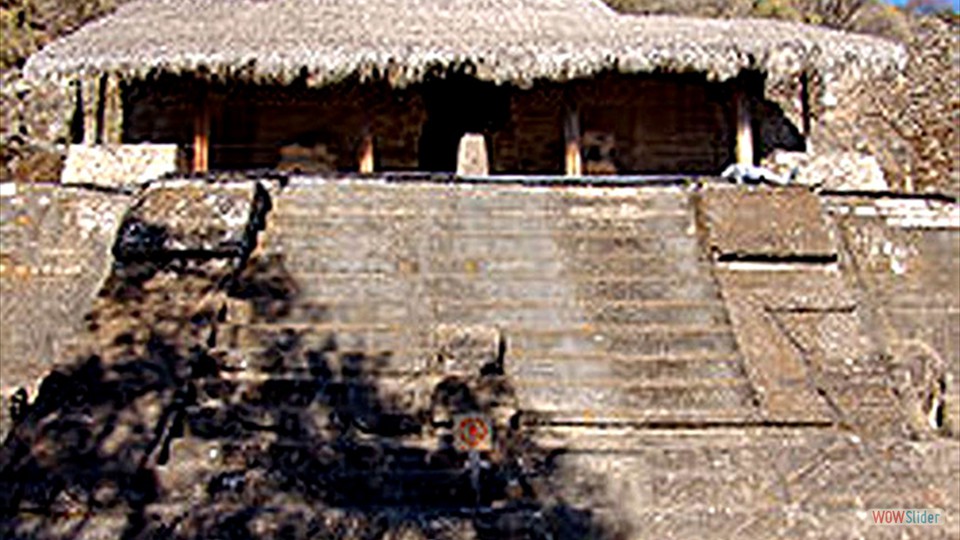
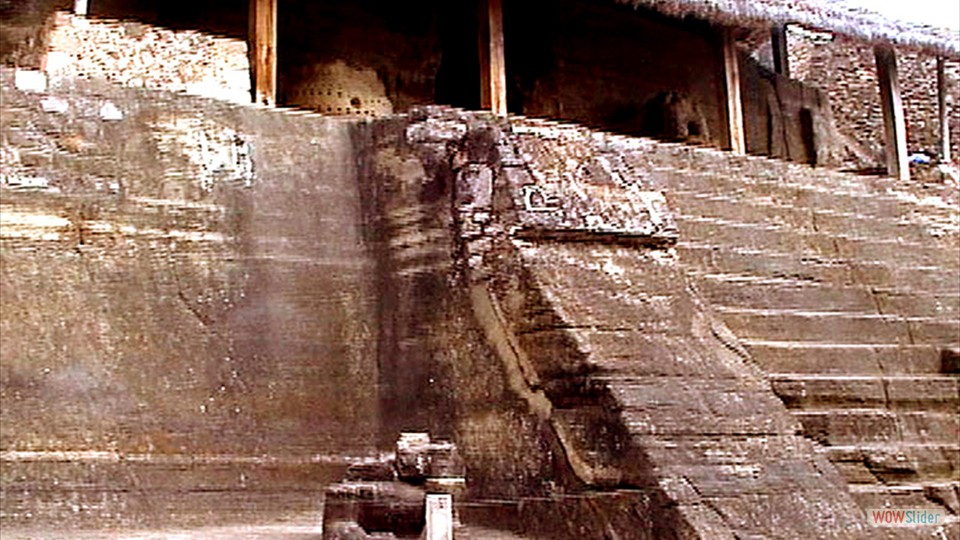

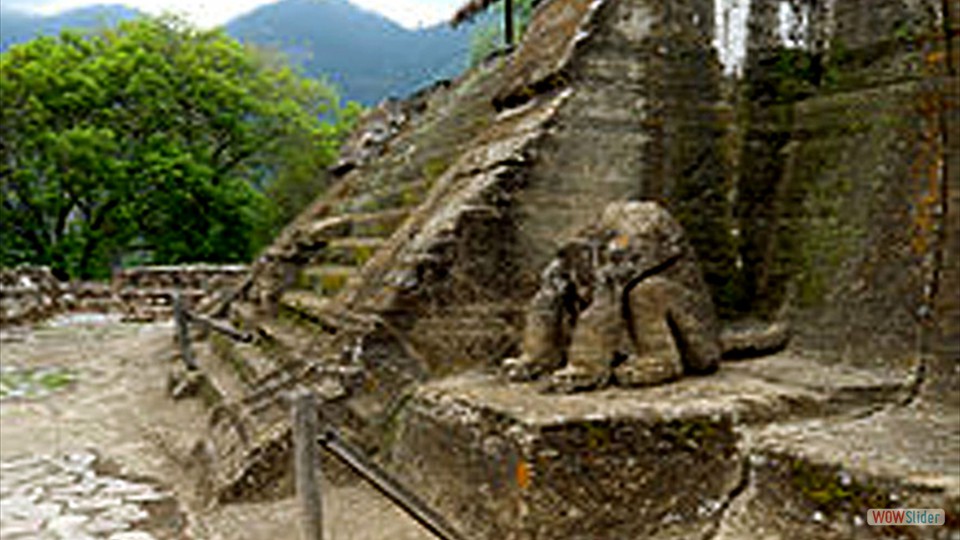
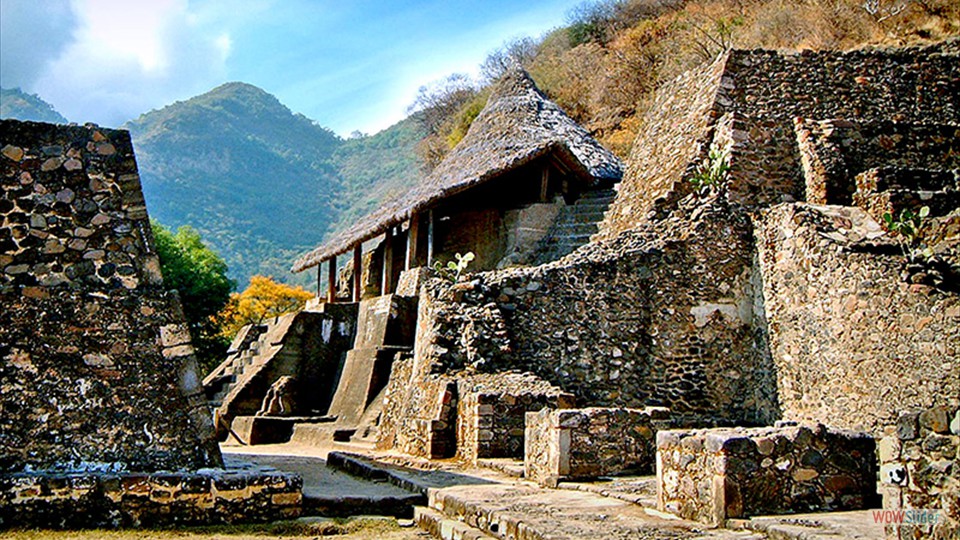

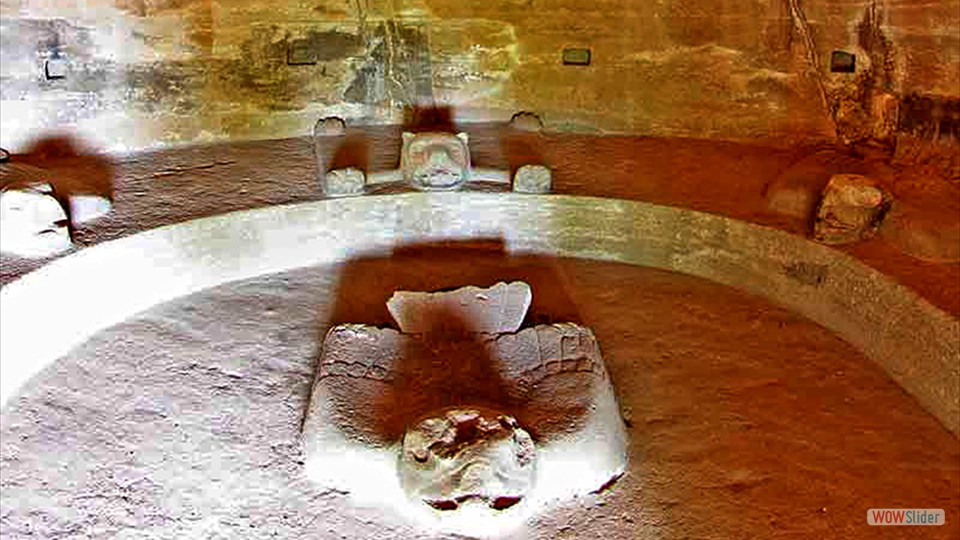
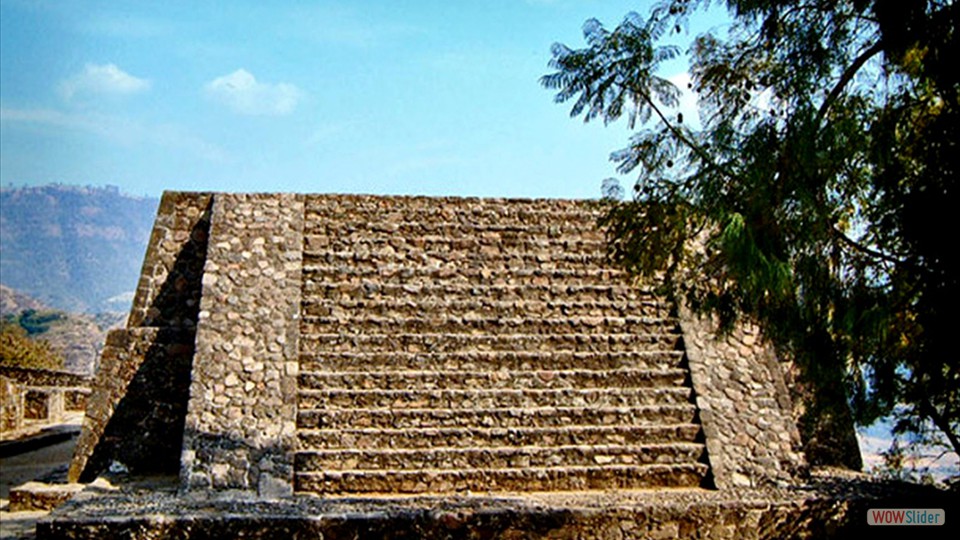
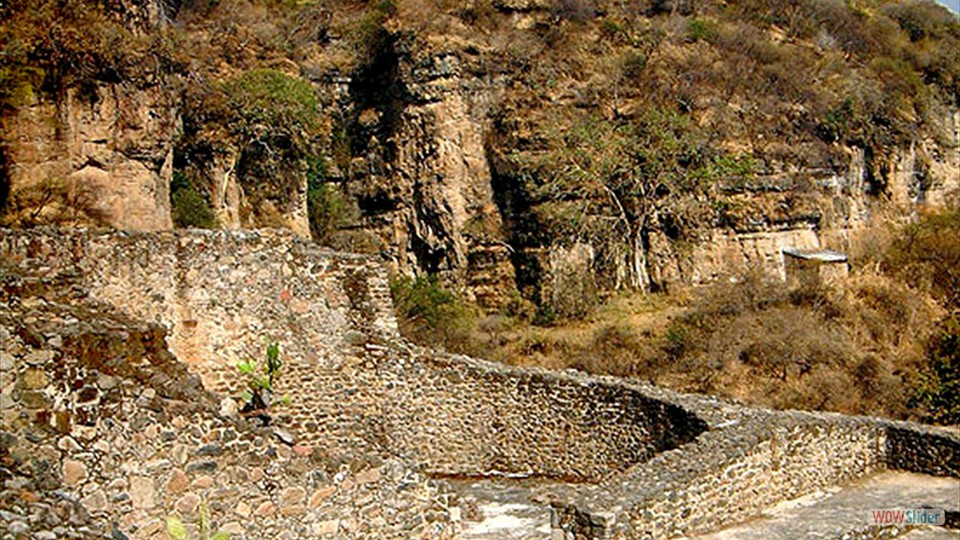
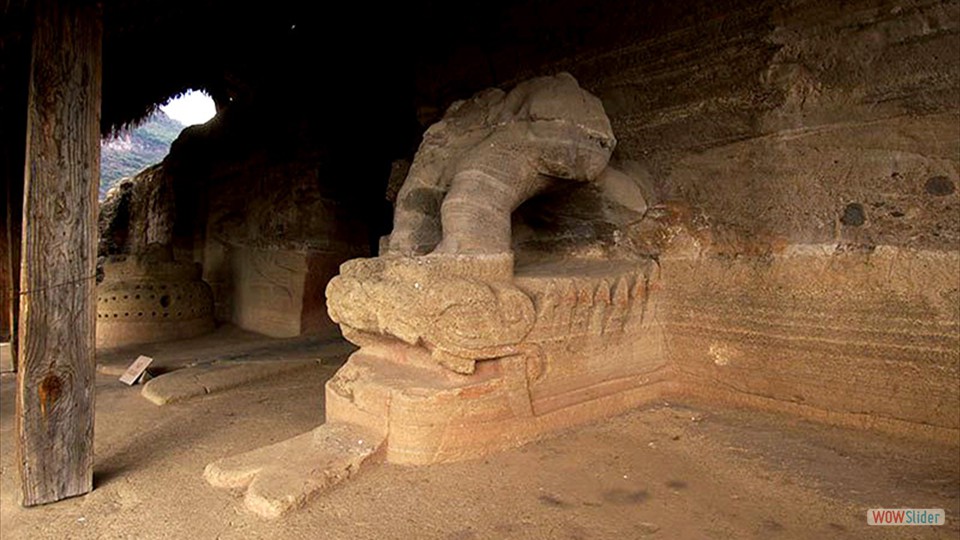
 1
1 2
2 3
3 4
4 5
5 6
6 7
7 8
8 9
9 10
10